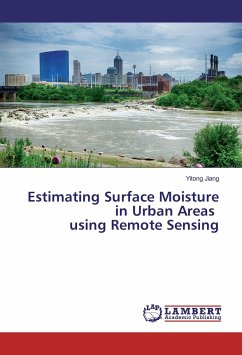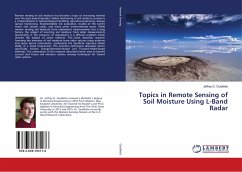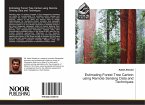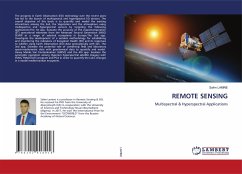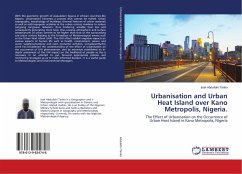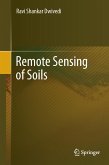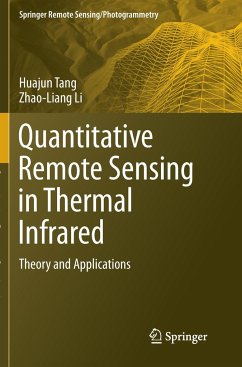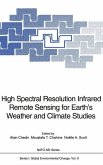Surface moisture is an important parameter because it modifies urban microclimate and surface layer meteorology. Two hypotheses were tested: 1) the distribution of surface moisture is associated with the structural complexity of buildings in urban areas, and 2) The distribution and change of surface moisture are associated with the distribution and vigor of urban trees. To test the hypotheses, the research design was made to extract the aerodynamic parameters, such as roughness length and displacement height of buildings and trees from Airborne and Terrestrial LiDAR data, then to input the aerodynamic parameters into the urban surface energy balance model. The two hypotheses were proved to be true, and the methodology is tested to be effective in surface moisture estimation in urban areas. The results suggested future studies on anthropogenic heat and its impact on surface moisture and the data integrity issue in multiple data source in urban areas.
Bitte wählen Sie Ihr Anliegen aus.
Rechnungen
Retourenschein anfordern
Bestellstatus
Storno

